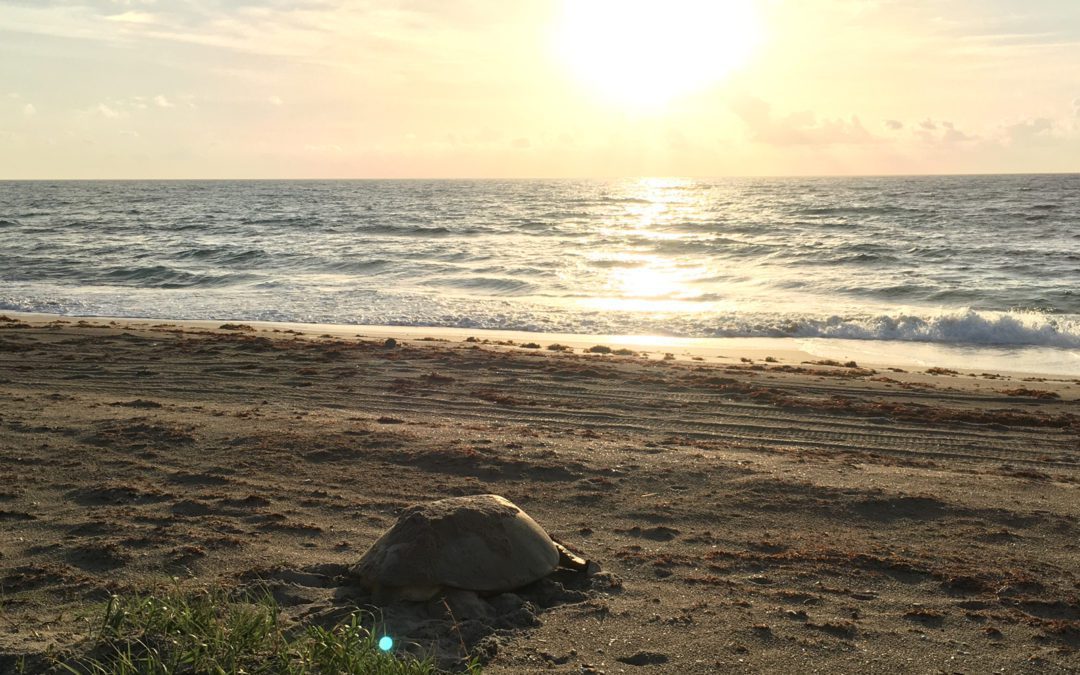Two sites in northern Palm Beach County offer nighttime trips to see a remarkable sight: mother turtles laying their nests along the beach.
Local residents and visitors in northern Palm Beach County can register for guided walks at Loggerhead Marinelife Center in Juno Beach for $40 or MacArthur Beach State Park in North Palm Beach for $25 to see female loggerhead sea turtles lay nests in the sand.
The walks run for three hours a few nights each week in June and July until about midnight. On occasion, on a walk with Loggerhead Marinelife Center, you might even see baby sea turtles hatch from their eggs and scurry to the ocean, which usually emerge in groups of 80 to 120 hatchlings.
While turtle sightings are not guaranteed, there is a 92% success rate for seeing a turtle lay eggs during an excursion at Loggerhead Marinelife Center, according to Hannah Campbell, its director of education. Researchers say it is a good year for sea turtle nest numbers in the area, but not on the record-setting pace of last year.
Here are five things to know about turtle walks
What will you see?
Loggerhead Marinelife Center and McArthur Beach State Park start their turtle walks with educational presentations about sea turtle conservation. Meanwhile, staff members search the beach for turtle activity.
Once they spot a turtle and she reaches a certain stage in her nesting process, they lead the group over to watch her lay eggs in the sand and return to the ocean.
The process can take the turtle about 45 minutes to an hour, Campbell said. The staff will also shine a red light on the egg chamber so guests can see the eggs in the sand.
They are typically laid about a foot below the surface of the sand somewhere about halfway between the beach’s shoreline and the dunes, according to Loggerhead researcher Sarah Hirsch.
Don’t use your phone
This one may come as a shocker to 21st century members of society: Phone use is not permitted on the beach during turtle walks.
This is because light from phones can disorient nesting turtles, which can discourage them from laying any eggs on the beach that night, Hirsch said.
Red light, like the one that staff uses to illuminate the egg chamber, is less distracting for sea turtles because they view them as dimmer than white light, according to Campbell.
“White lights can be extremely disorienting not only to nesting turtles, but as we progress in the season, to hatchlings that may be emerging,” Campbell said.
Wear dark clothing
Click HERE to read the full article.

